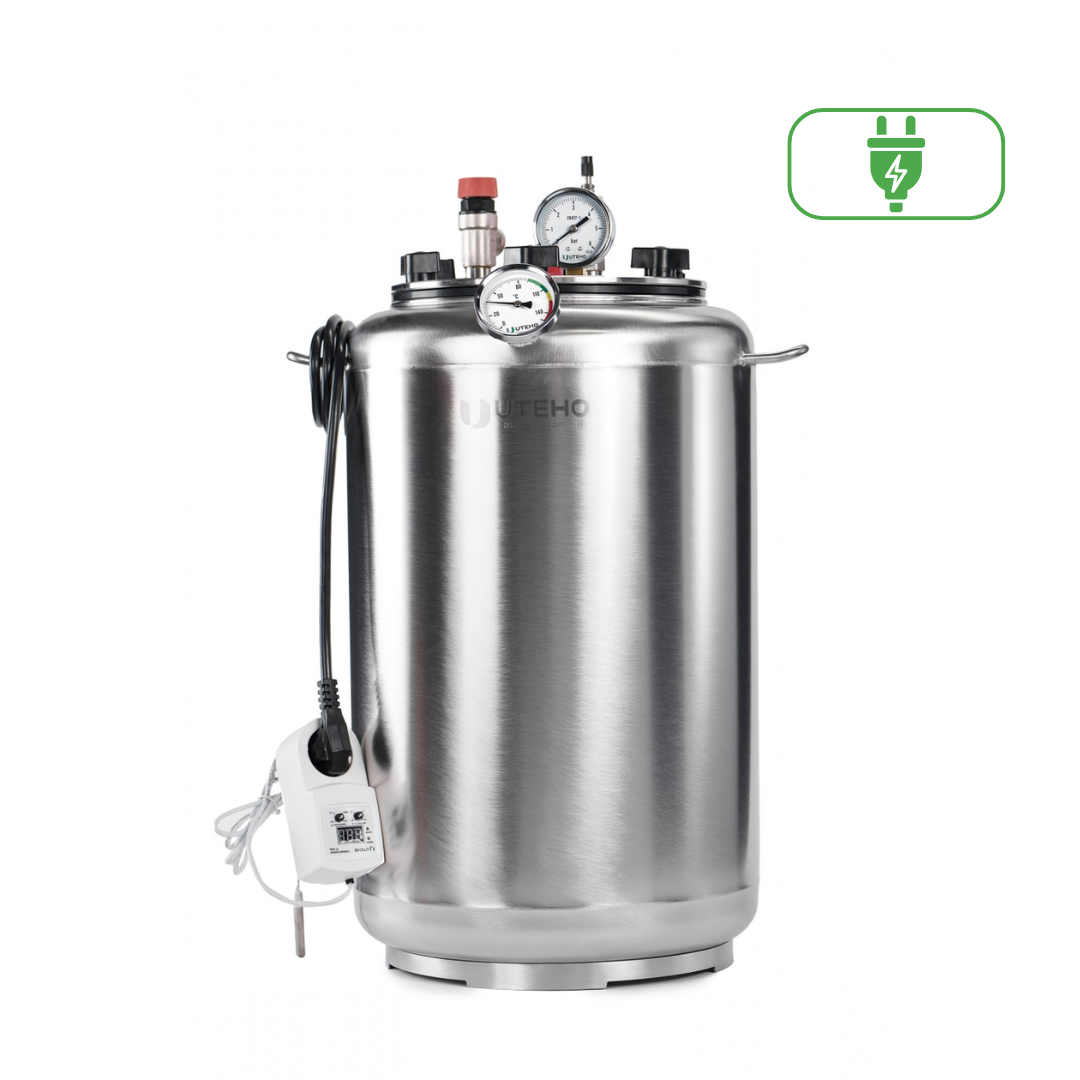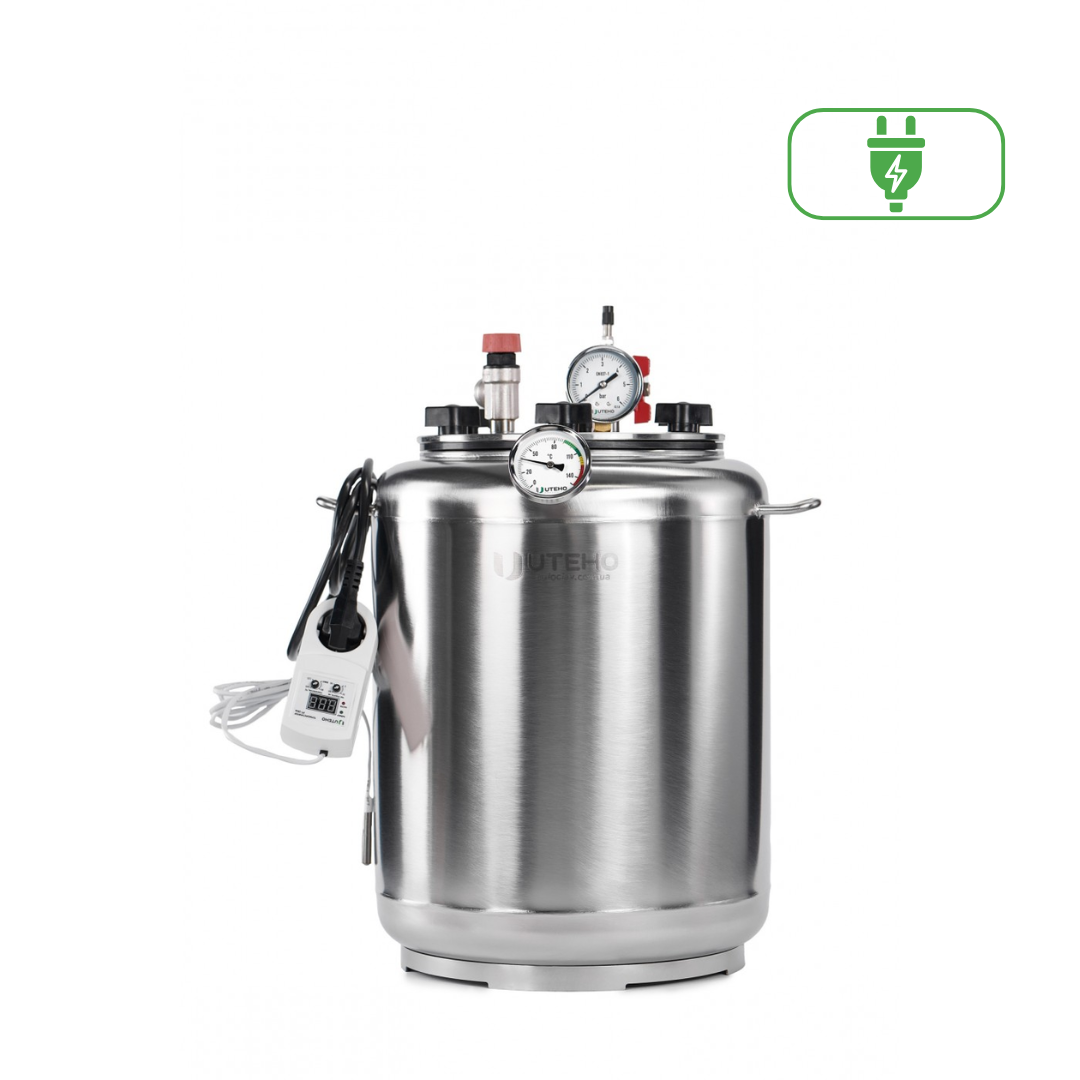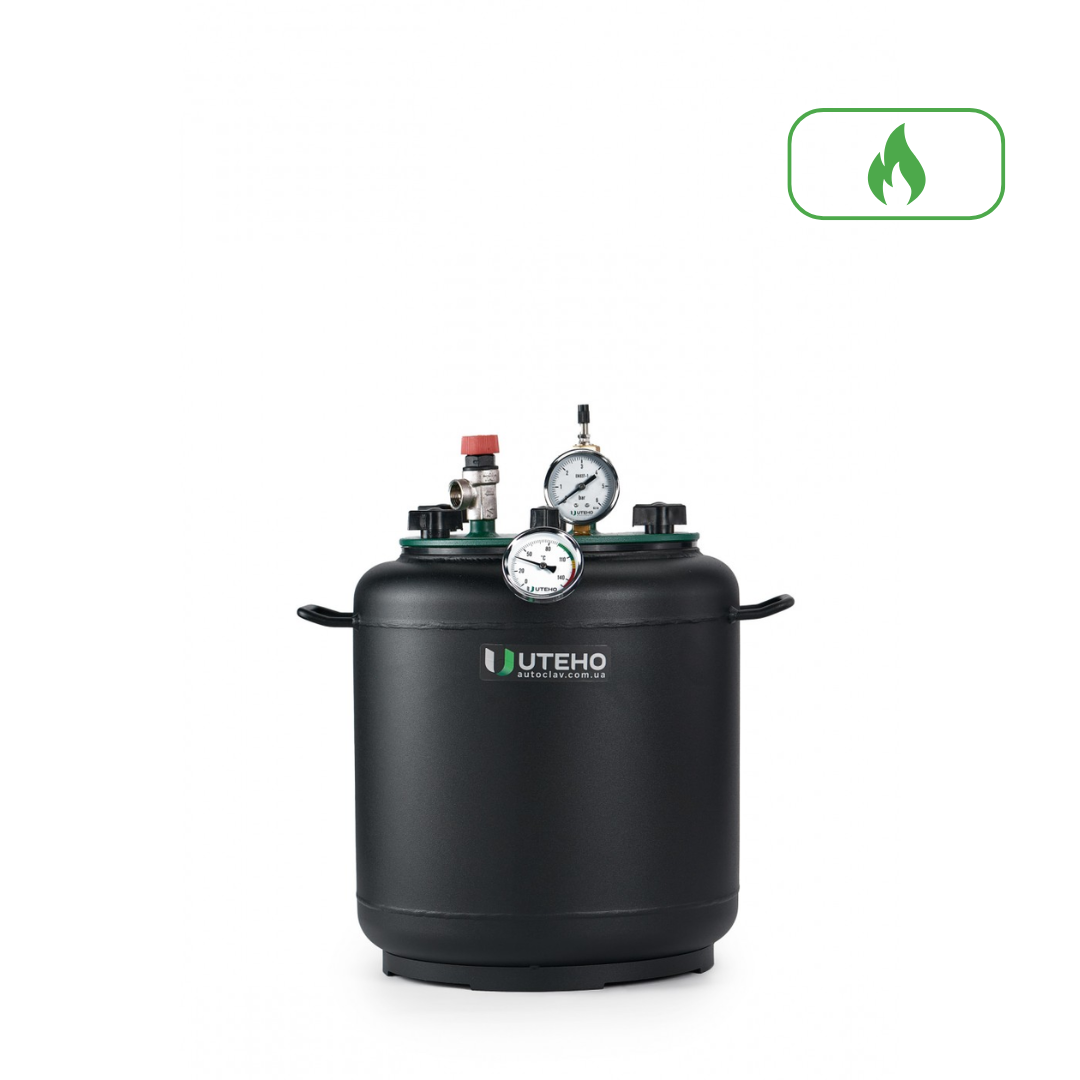
Amazingly Delicious Sprats from Bleak
Seasoned fishermen can tell hundreds of recipes for cooking fish, ranging from traditional fish soup to stuffed pike. We will talk about such a product as sprats, for the preparation of which at home you will need to buy an autoclave from our store.
Due to the unfavorable environmental situation, water resources are being depleted. This also affects the production of canned food. In a can of sprats, you can often find such types of small fish: sprat, anchovy, fry, herring, Baltic herring, or Caspian tulka.
An autoclave for preparing preserves is one of the important components in any kitchen, which allows you to prepare and, most importantly, properly preserve any product without air access.

So, we will need raw material – sprats are most often made from sprat, but advanced fishermen prefer a more worthy substitute – bleak or sebelev.
Bleak is a fish with a light belly and an almost straight gray-blue back. Its body is not very long, but elongated, with compressed sides. The tail ends with a large dark fin with a deep notch. The color of the scales is metallic, with a mirror-like shine.
Bleak is quite similar to sprat, but it differs in more tender meat and the presence of a higher-quality fat layer. It is quite easy to catch it in certain latitudes using the appropriate fishing gear – in one go you can get up to 5–6 kg of fish.
Main stages of cooking sprats from bleak
Using an autoclave, you can cook tasty and tender sprats from bleak, which are in no way inferior in taste characteristics to the famous Riga sprats. Where should you start? First of all – gutting the fish and completely removing the head.
Sprats in oil are canned smoked fish. Fresh or frozen fish ranging in size from 7 to 12 cm are chosen for their preparation. Types of fish used for sprats: Baltic herring, sprat, Caspian sprat, White Sea and Atlantic herring, European anchovy.
Scales at this stage are not removed for the intermediate smoking process. The carcasses are washed with water, and the tails are hung on bamboo sticks across the width of the smoker. In this form, they should hang in a ventilated room for at least a couple of hours to dry slightly.
Using a hot-smoking smoker fueled with alder or birch chips, we begin to smoke the fish for about half an hour. The temperature during this process can vary within a fairly wide range from 40 to 60 degrees – this parameter depends on the size of the fish and the duration of the preliminary drying.
We again take out the sticks with the fish and place them in a ventilated area for 1–2 hours. We prepare the containers – washed glass jars with a capacity of 250 or 500 ml, at the bottom of which a couple of allspice peas are placed.
BESTSELLERS
The fish is tightly packed almost to the top of the jars, and the following is added on top:
- teaspoon of salt,
- bay leaf,
- a little garlic,
- sunflower oil, which should completely cover the fish.
The amount of sunflower oil depends on how tightly the bleak is packed in the jars and on the volume of the container. Usually, 20 to 40 grams of the product is enough. The jars are closed with lids and slightly shaken so that the oil, salt, and spices mix.
The jars are placed in an autoclave, where the temperature is set:
- If the thermometer is at the top of the container – cook for about 1 hour at 100 degrees.
- If the thermometer is at the bottom of the container – cook for about 1 hour at 110 degrees.
- If the thermometer is at the top of the container – cook for 40–45 minutes at 110 degrees.
- If the thermometer is at the bottom of the container – cook for 40–45 minutes at 120 degrees.
You can try both methods — the taste is practically the same.
It is recommended to store the finished sprats from bleak in a dry and cool place. The finished product will be appreciated even by true gourmets. This is the perfect appetizer for any festive table, which you can now afford any day.
Read also:







.png)





